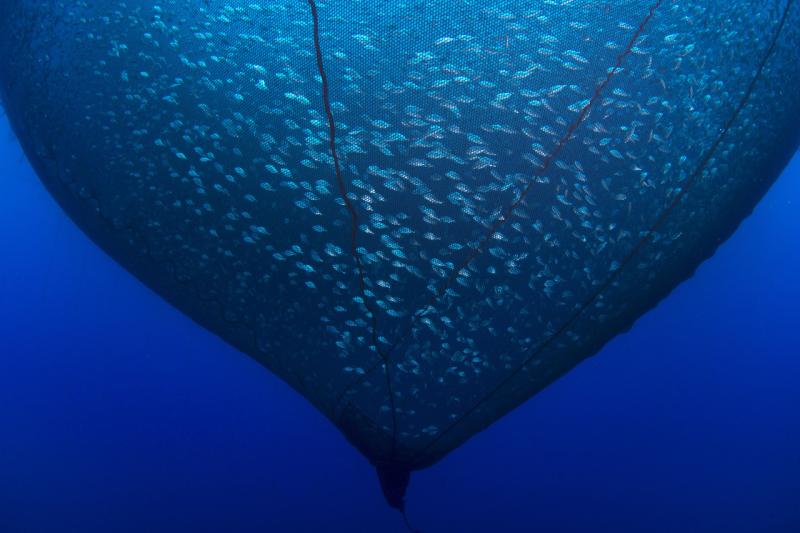Did you know that seafood farming, if done responsibly as it is in the United States, is one of the most environmentally sustainable ways to produce protein?
![750x500-aq-piro.jpg]()
Innovative site design and management ensure that this kampachi (Seriola rivoliana) farm off Kona is compatible with Hawaii's unique offshore environment.
The human population is rising fast, but global abundance of wild fish is not.
On top of that, dietary guidelines call for Americans to eat more seafood. Where is all that seafood going to come from?
Farmed seafood leaves a smaller carbon footprint than that of most farmed animals. We can grow a lot of fish in a small amount of space to increase our food supply and help satisfy consumer demand for locally grown food.
![750x500-mussel-harvest.jpg]()
Mussel harvest in Shelton, Washington.
And seafood farming has come a long way in the past 30 years. Antibiotic use is nearly non-existent in U.S. seafood farms today. And we can now feed fish vegetarian diets, insects, or parts of fish we currently throw away.
![longlines-mussel-aquaculture.jpg]()
Longlines are used for mussel aquaculture.
Farmed shellfish and seaweed improve water quality around them by filtering water and removing excess nitrogen. We can even selectively use aquaculture to help restore struggling species and habitats.
![750x500-offshore-aq-rule.jpg]()
Divers around the open ocean aquaculture cage at the Cape Eleuthera Institute in the Bahamas. These cages are not currently used in the Gulf of Mexico, but represent one type of farming technology that could work in the region. Credit: Kelly Martin.
Growing more seafood at home can also reduce our reliance on imports, create jobs, and improve our domestic economy.









